Connecting people, place and planet: can tactile experiences be created through digital technologies?
Sophie Mackaness explores the opportunities and challenges of building connections between science, art, and people with(in) AWEN.
The creation of AWEN brought together specialists from many different fields – artists, scientists, researchers, communicators, coders, designers…and all skills in between. This was a unique project for me – one where coming together to work on a project did not actually involve coming together. While many of us have become used to socialising through the screen and working happily through a webcam, AWEN was my first creative project since the pandemic began and came with a whole different set of challenges than my usual teaching and research.
In my experience, collaborative creative projects thrive on one essential ingredient – communication. Whether it be voices interrupting and overlapping in a discussion, or ideas sketched out on paper being passed around a table and added to with scribbles and doodles. The human brain works through a combined series of senses and experiences. In the modern age, some of these senses have already begun to include digital forms and online processes but we are still (hopefully) a long way from becoming purely digital beings. And yet this is what we became for this project – and for many projects throughout the pandemic.
We all noticed the major differences first – who had the worst WiFi, who’s cat liked to sit on the keyboard. But the smaller changes didn’t become obvious until later; members of the call who were less likely to interrupt and so remained quiet in many meetings. And those who happily filled the airwaves. How many of us were reluctant to directly ask questions of other individuals for fear of pulling them into the unwanted zoom-light? It makes me wonder whose voices would have sung out louder (and whose ideas would have been included) if the meetings had been done round a real table instead of a virtual one.
Nevertheless, AWEN went ahead and combined brilliant minds from many fields to create something unique. Our first specification was clear: the project had to be data driven. And as a Science Festival collaboration, AWEN needed to be backed by solid science and up-to-date global information that would be shared with the general public in an engaging manner. With such a broad framework however, my task of finding said data was particularly daunting.
Find the climate datasets.
As we know, there are so many aspects to our planet and many contributory forces when it comes to understanding climate change. “Climate datasets” could include anything from micrograms of mercury stored in the soils of a specific region, to the volumes of plastic and ghost gear being washed into the oceans globally. Each of these contributing factors to climate change are hugely important – even if their impact on the globe or their local ecosystem isn’t obvious to begin with. One of the most valuable things I learnt as part of this process is the importance of teaching people the interconnectedness of climate issues. For example, my background is in marine acoustics and the impacts on anthropogenic noise pollution on marine fauna. To me, noise can connect climate issues in a powerful way – if we reduce anthropogenic noise (shipping, construction, extraction, traffic…), we reduce these activities and therefore their climate individual impacts. Yet, in one of the very earliest AWEN meetings, I was asked how noise was related to carbon production or sequestration. Noise doesn’t create greenhouse gases, or poison waterways, or collect as a physical entity that can damage ecosystems – so why worry about noise?
Questions around the connectivity between climate issues inspired many of the prompts in AWEN. Each one leading the user to draw their own conclusions about how their experience might impact climate locally (like the tree you rest beneath) or globally (like the ability of the world’s oceans to breathe for the planet). Connecting the dots, AWEN encourages exploration of the often synergistic relationships between air, earth, sea and sound, and how they can have huge impacts at local and global levels.
In this sense, the task of finding climate data becomes much more meaningful. Since each dataset is likely correlated with countless others, basing AWEN purely on one dataset or aspect of climate change wouldn’t show the complete picture. All the data that currently exists on every aspect of climate change is important and evolving as humans alter our planet at lightning speed to suit our needs. AWEN doesn’t just allow the user to learn about climate issues and impacts, it encourages and explores the essential idea that all of these issues are connected. Connected to each other, connected the planet, and connected to us.
